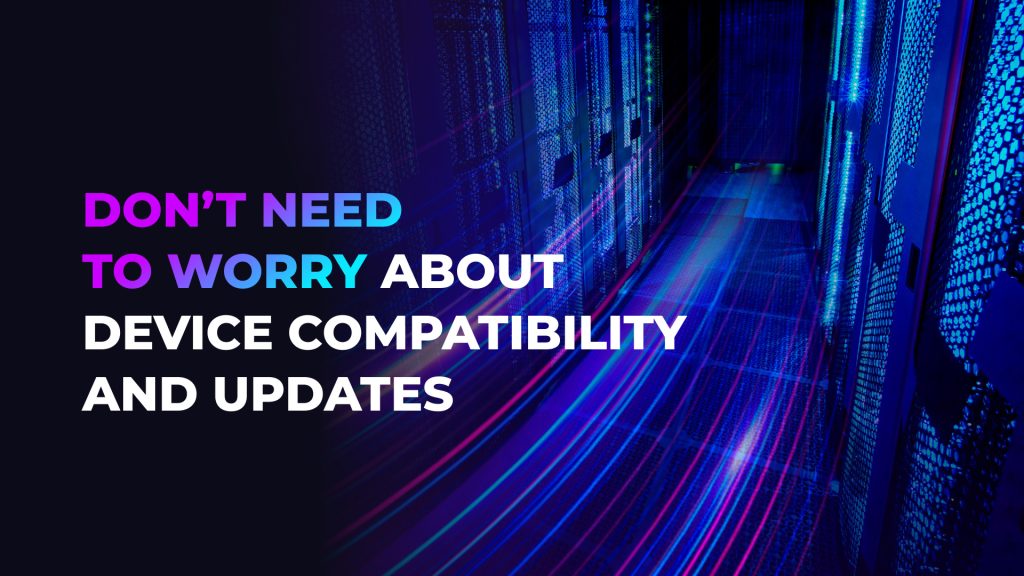What Cloud Gaming Means for Game Developers and Publishers
Cloud gaming is changing the way people play and enjoy video games. Instead of installing games on a powerful PC or console, players can now stream them directly through the internet. This innovation is growing fast and brings big opportunities for developers and publishers in the gaming industry.
As more users shift to cloud platforms, developers are beginning to explore what this means for how games are built, distributed, and maintained. It’s a chance to connect with larger audiences, simplify game operations, and unlock new creative possibilities.

Cloud gaming is reshaping how they are shared, sold, and supported. For developers and publishers, this shift brings powerful benefits: wider reach, stronger protection, and more flexible ways to grow revenue. By moving to the cloud, studios can connect with audiences that were previously out of reach and explore new business opportunities built around accessibility and innovation.
Reaching More Players Than Ever
One of the biggest benefits of cloud gaming is making games available to more people. Players no longer need to buy expensive hardware. They can play on a laptop, phone, or even a smart TV. This helps developers reach users who could not play before due to cost or limited access to devices.
Cloud gaming removes barriers for players around the world. In regions where high-end gaming PCs or consoles are less common, such as rural areas or developing markets, streaming games through the cloud offers a simple solution. Developers can now reach people who were previously left out of the gaming community – all they need is a stable internet connection to get started.
Fighting Piracy and Improving Monetization
Because cloud games run on remote servers, they are harder to crack or pirate. This helps protect the developer’s work and reduces the risks of illegal copies. At the same time, always-online games make it easier to introduce new business models like subscriptions, battle passes, and in-game purchases.
These models give developers more ways to earn money while offering players a flexible and enjoyable experience.

Cloud technology is transforming the way games are developed and supported. With less time spent on technical hurdles, teams can deliver updates faster, improve stability, and unlock new creative possibilities. It’s a shift that helps developers focus on building great experiences instead of solving hardware problems.
Simplified Game Maintenance and Rollouts
Cloud gaming streamlines how developers manage and update their games. Instead of waiting for players to download patches or reinstall large files, updates are handled directly on the server. This means everyone plays the same, most recent version – instantly.
It also reduces compatibility issues. Since the game runs in the cloud environment, developers can focus on optimizing for a single system rather than countless hardware setups, saving time and ensuring a more stable experience for all users.
More Power for Creativity
Cloud gaming platforms use powerful servers. This gives developers the chance to build bigger worlds, better graphics, and more complex features. Things that may not be possible on older consoles or low-end PCs can now become real in the cloud.
From large-scale multiplayer to AI-based game logic, the cloud helps turn big ideas into playable experiences.
Conclusion
Cloud gaming is a major shift in the gaming world. For developers and publishers, it opens the door to global audiences, simplifies technical challenges, and supports bold, creative visions.
As the technology continues to grow, those who embrace cloud gaming early can benefit the most. It’s already here, and it’s full of opportunity.
